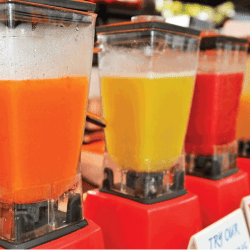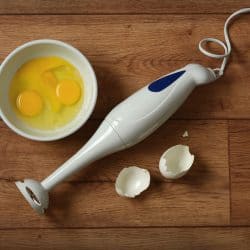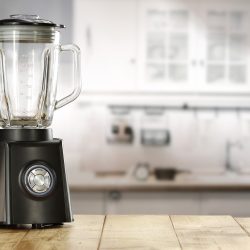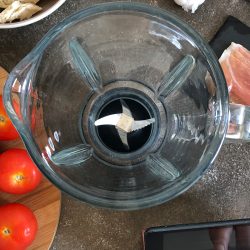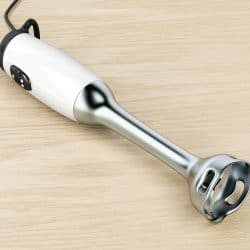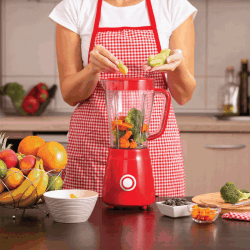It seems like the only time your appliances stop working is when you absolutely need them the most. It's a frustration we've all shared. You're going through the steps to make a favorite snack or smoothie in the blender, only to be met with deafening silence once the start button is pressed --what should you do? So if your blender won't turn on, we've researched how you can troubleshoot and fix the problem.
There are several reasons that your blender will not turn on. Below, we've listed the most common ones:
- The appliance is unplugged
- The circuit breaker for that outlet has been tripped
- The motor is burned out
- Faulty power cord
- Damaged base
- Burned out fuse
- Dirty power terminals
- Jammed blades
Now that you know the most common causes for a blender not coming on, we will break down each one and show ways to troubleshoot them. We researched blenders from various professional sources and have gathered our findings throughout this post. You might also be wondering how to reset a KitchenAid blender or why a portable blender isn't working. To see what we've discovered, please read ahead!

Troubleshooting Your Blender
As we listed above, there are various reasons why your blender might not be turning on. In this section, we'll examine each reason and show you how to troubleshoot them on your own.
The appliance is unplugged
This reason is more common than you think. How many times have you attempted to use an appliance, only to discover that it somehow became unplugged? Before you dig into any of the other causes we have listed, check to see that the power cord is firmly plugged into the electrical outlet.
The circuit breaker for that outlet has been tripped
Once you've checked to see that your blender is plugged in, you should check your breaker box. There's a chance that you may have overloaded the circuits at some point since this outlet was last used. Your breaker box should have each breaker clearly labeled. Look for any that read "kitchen," and see if they are tripped. If so, flip it back, and your problem will be solved.
If this continues to be an issue, it could mean that you are regularly overloading that circuit or an issue with the wiring or the breaker itself. Have a licensed electrician examine this to avoid any danger.
The motor is burned out
The worst thing that could happen is if your blender has a burned out motor. Replacing the motor on your own can be done, but it will most likely require some soldering. You'll need to unplug the blender, then flip over its base. Remove the cover, and locate the motor. Your owner's manual will show how to disconnect and replace it.
Most likely, you'll be better off having a repair-person tackle this task. Depending on the model blender you might have, it could be more cost-effective to replace the appliance entirely. But before you totally disassemble your blender (or give up hope and spend money on a new one), let's check a few other things on our list of common causes.
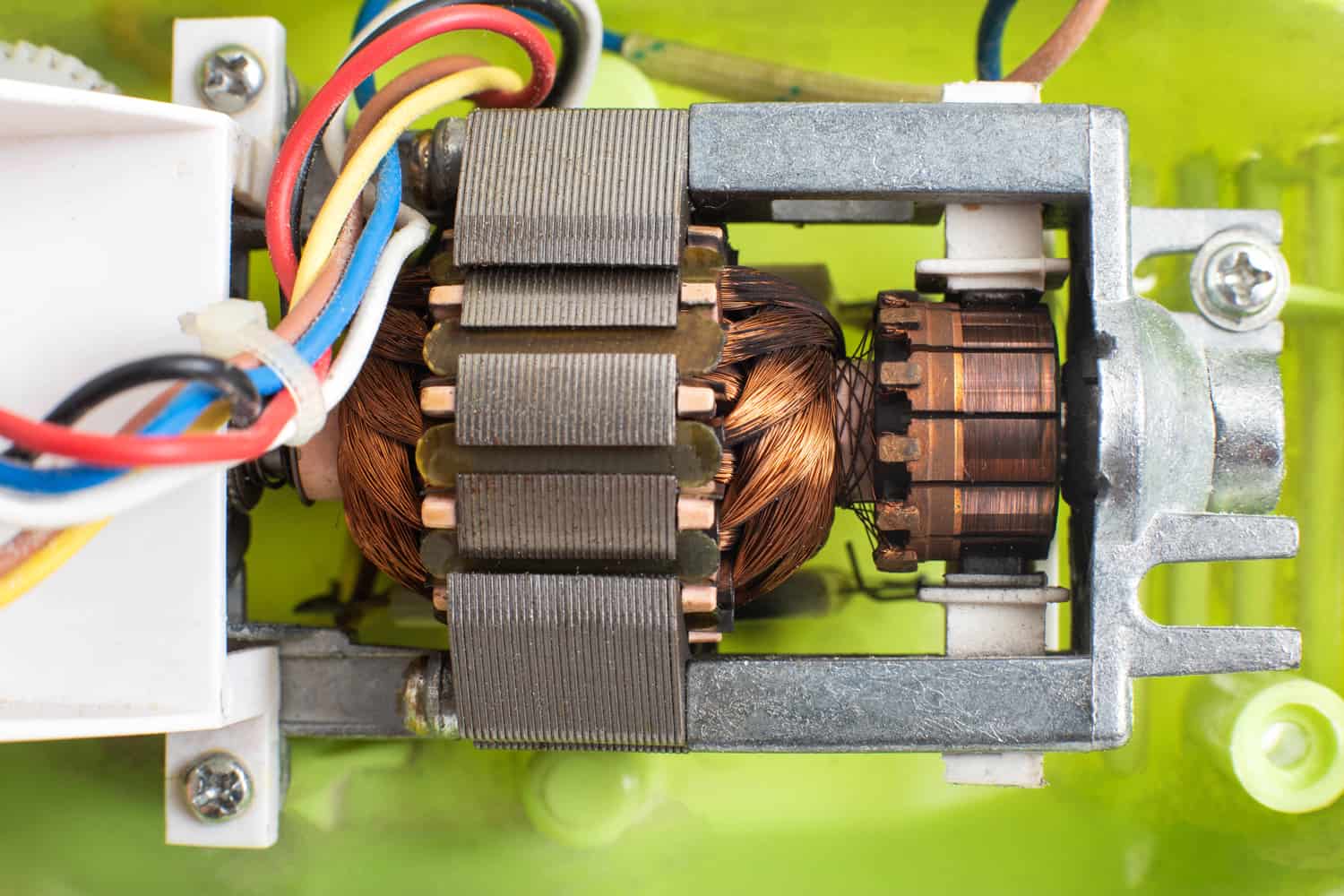
Faulty power cord
Check the power cord itself. Sometimes, cords left in kinked positions will have the wires inside the protective cord sleeve break. You can usually tell if this is the issue by examining the cord for serious bends or folds. If you can easily spot kinks, then the cord might be the culprit.
Check your the owner's manual for your blender. You should be able to easily remove the cord from the inside of the base and replace it with a new one. Sometimes, this will require soldering, but your owner's manual will let you know for sure.
Damaged base
If the blender's base is damaged in any way, then your blender will not turn on. This piece is also known as a collar or container base. Check your owner's manual. If the base on your model needs to be properly seated to activate a micro or magnetic safety switch, then the base may not be on correctly.
Should the base be properly seated, then the base may just be faulty. This piece is inexpensive and can usually be replaced by contacting the brand manufacturer.
Burned out fuse
Many models of blenders are built with internal fuses. Should your blender have a defective or burn out fuse, this would cause your blender not to start. The fuse itself is most likely inside the bottom base of the appliance. Using your owner's manual for reference, open the base and locate the fuse.
Appliance fuses are very inexpensive and easy to replace. You can usually tell by looking at the fuse if it is damaged. To be absolutely certain, you can use a multimeter to check for electrical continuity. If the fuse's circuit is open, then the fuse is blown and needs to be replaced. When replacing the fuse, be sure to use a fuse with the same rating as the damaged one.
Dirty power terminals
The blender's power terminals need to be free from any corrosive material or any seepage that might have gotten past the protective plate that houses the blender's settings. Remove the plate behind the blender's buttons, and inspect the terminals. If they have any substance built-up on them, use an approved cleaner to service them. Replace the plate, plug your bender back in, and press one of the settings buttons. If your blender comes on, problem solved. If not, let's move to the next possible reason.
Jammed blades
The blades of your blender can only handle so much. And if you're not properly cleaning your blender after each use, then you might have some gunk that has built-up, causing the blades not to turn. Remove the base assembly that holds the blender's glass and the blade assembly. If there is buildup around the blades or inside the casing that houses the blades, carefully and thoroughly remove it. Reassemble, plug in the blender, and try using it again.
Be aware that jammed blades can overwork your motor. This can cause a motor to burn out or an internal fuse to blow. Be sure to clean your blender thoroughly after each use and not overload the blades with too much for them to process properly.
Repair Vs. Replacement
No matter the reason for your blender not working, always weigh out the costs and benefits of repairing versus replacing. It might be worth a small investment in parts and labor to get your blender running again, but it might also be less expensive in the long run to replace a broken blender with a new model.
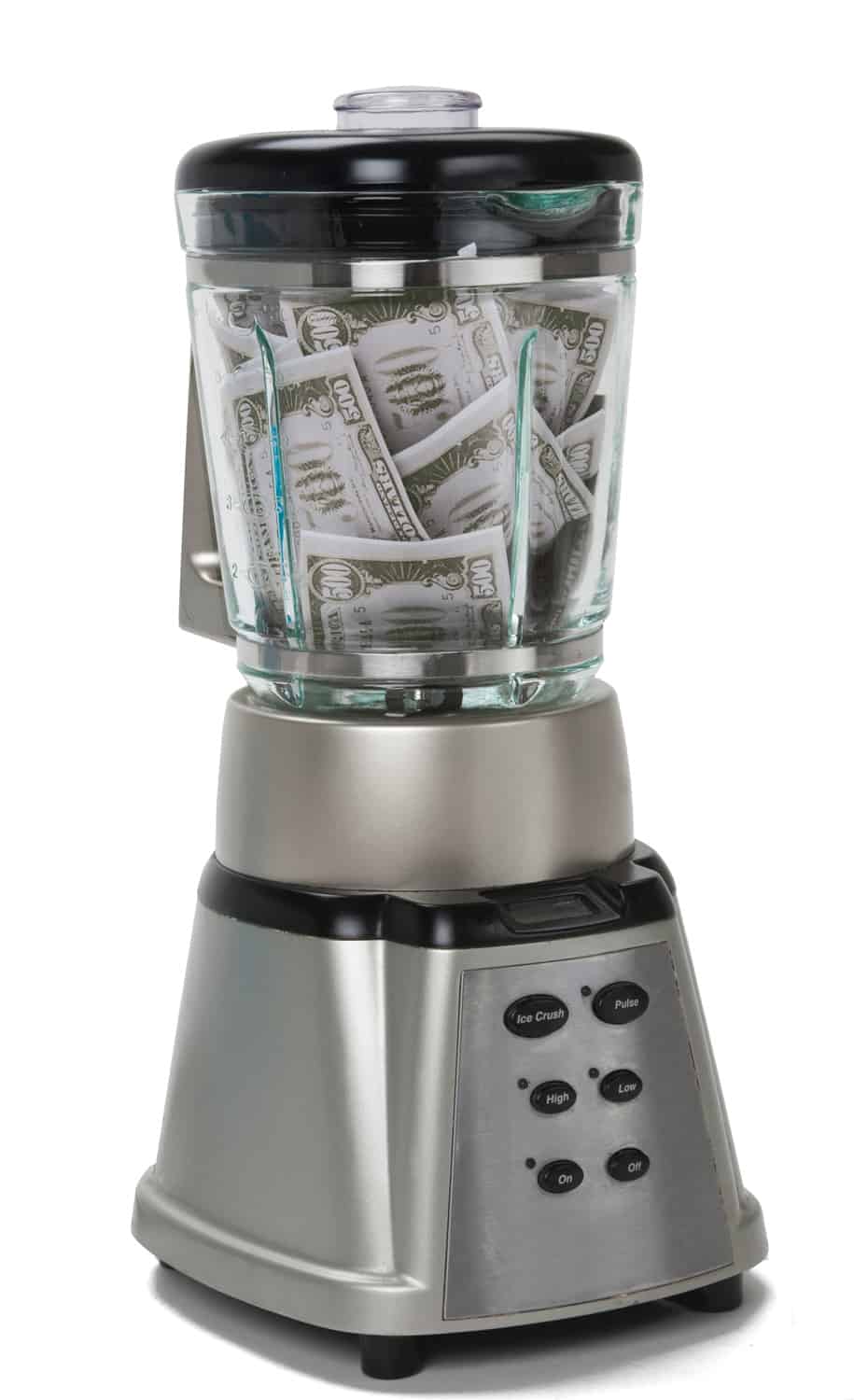
Why is My Ninja Blender not turning on?
Aside from the reasons we listed for a blender not turning on, Ninja blenders have a few other variables to consider. The most common reason your Ninja isn't working is that the assembly is incorrect. Double-check the assembly instructions and make certain that all of the components are in the right place and seated properly.
Additionally, this blender won't turn on if the lid isn't tightly locked. Make sure there isn't any debris obstructing the lid from locking.
To view this Ninja blender on Amazon, click here.
How do I reset my KitchenAid blender?
If the lights are blinking on your KitchenAid brand blender, you might be thinking that a simple reset sequence is needed to solve this problem. However, there isn't a reset feature for this model of blender at all. In fact, these blinking lights are indicating that you have most likely overloaded the appliance.
To solve this problem, you'll need to scoop out some of the material you're trying to blend. Lessening the weight on the blades should allow them to turn, and the blinking lights will stop upon pressing one of the blending buttons.
On rare occasions, electrical issues can cause your KitchenAid blender's lights to blink intermittently. Consult your owner's manual for possible causes and troubleshooting steps to remedy this issue.
Why is my portable blender not working?
The most common reasons a portable blender will not work are a lack of charge or an overload. Be certain that you have properly charged the portable blender before use. A solid red light on most models means that it is fully charged and ready to blend.
If your portable blender is charged, then you may have placed too much material inside of it for the motor and blades to function. Carefully remove some of it, and try again. In most cases, this will solve your issue.
To see this model portable blender on Amazon, click here.
In Closing
There are quite a few reasons why your blender won't turn on, most of which can be quickly solved. Depending on the model blender you have, it might be best to consider a replacement than a repair. We also covered why KitchenAid blenders don't need a reset and why your Ninja brand blender and portable blenders might not be working. No matter what brand of blender you have, you should always consult the owner's manual for additional troubleshooting assistance.
If you found this post on blenders to be helpful, we believe that you'll find the following posts on other household appliances to be informative:
Are Blender Bottles Dishwasher-Safe?
What Can You Use A Nutribullet Blender For?



